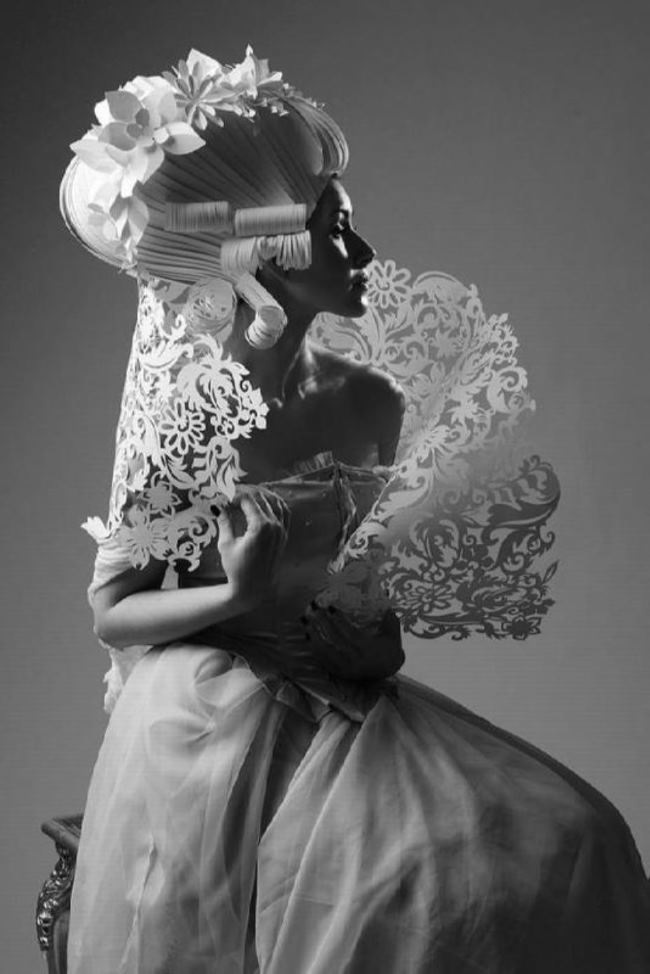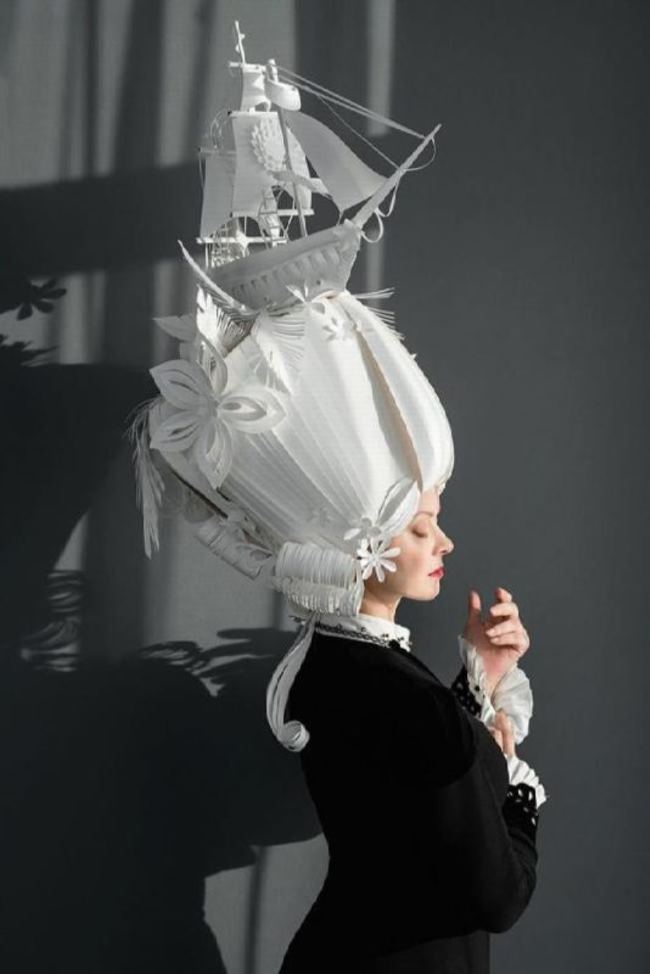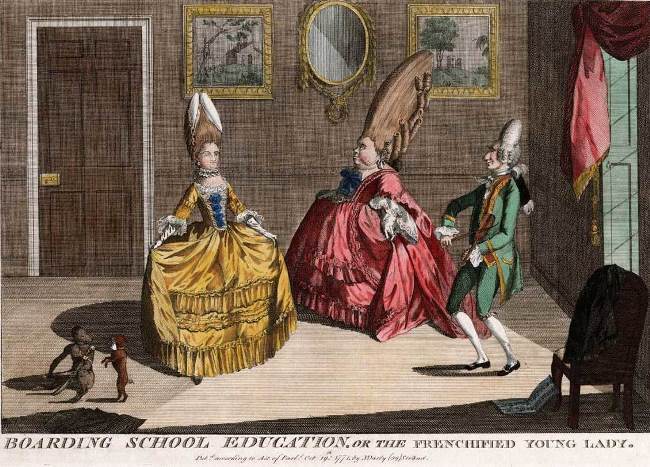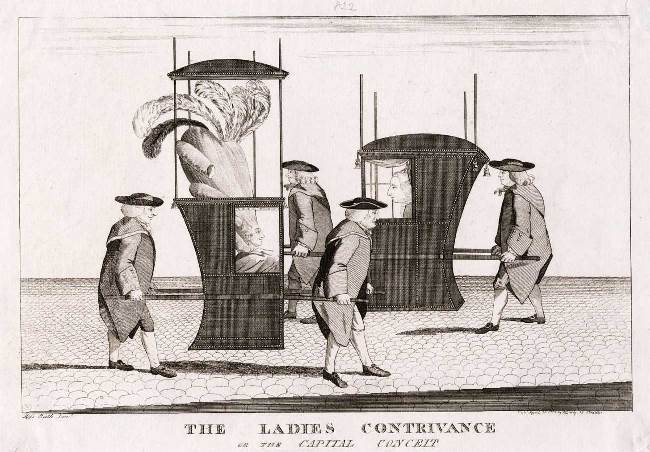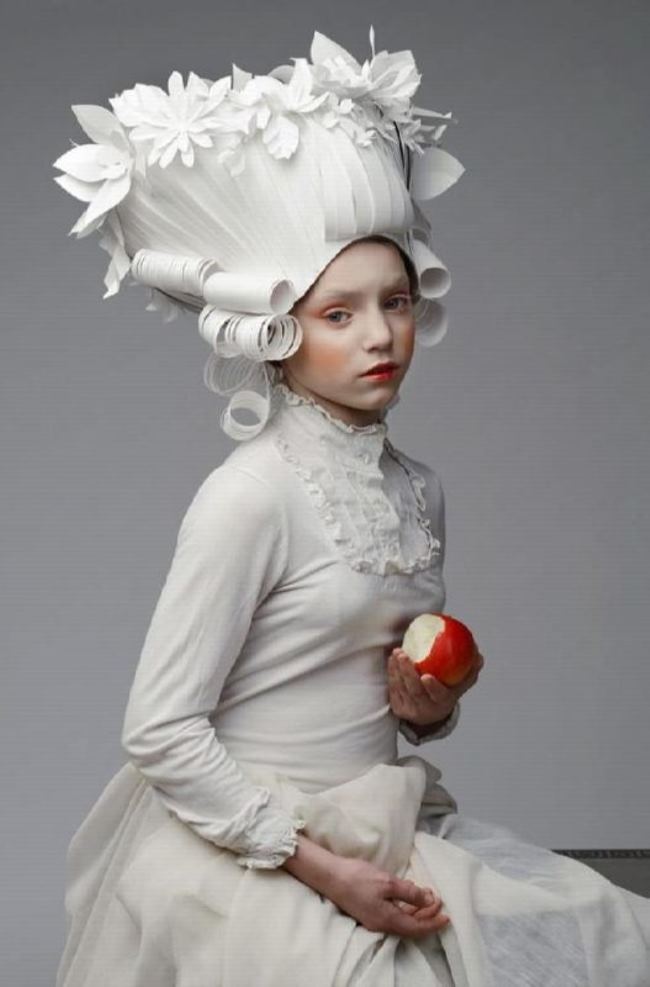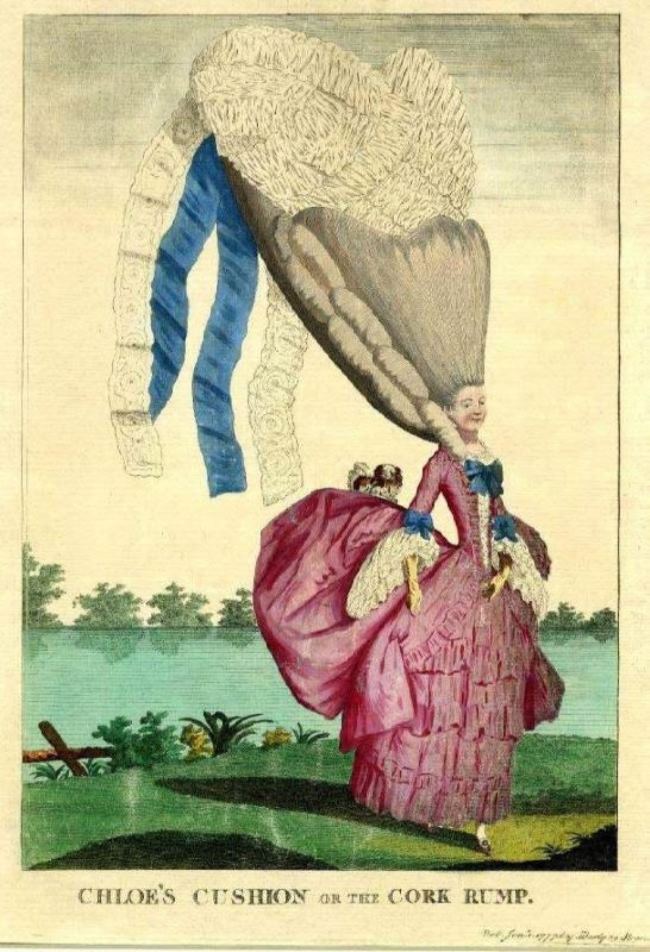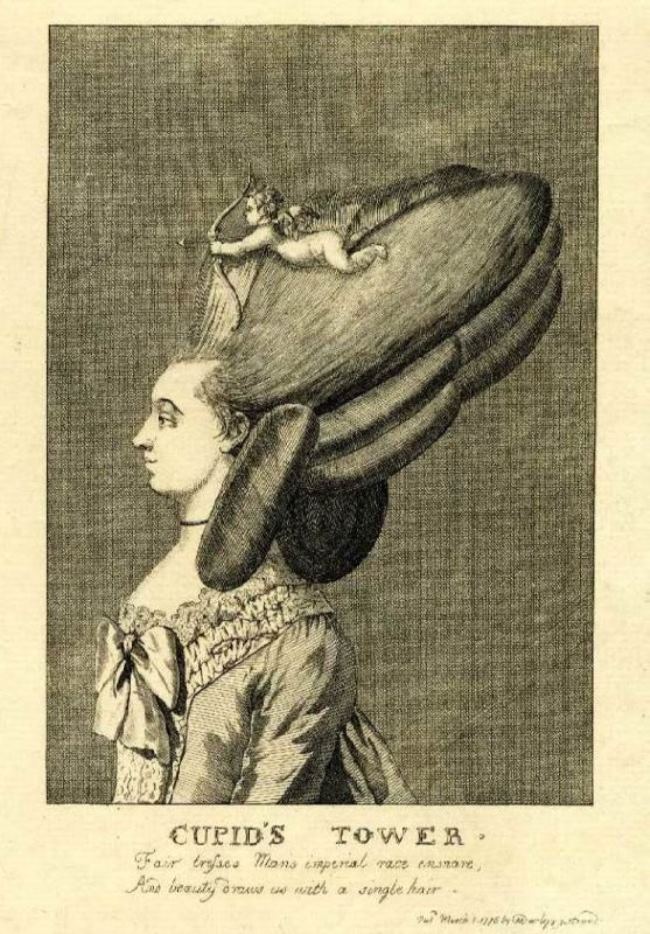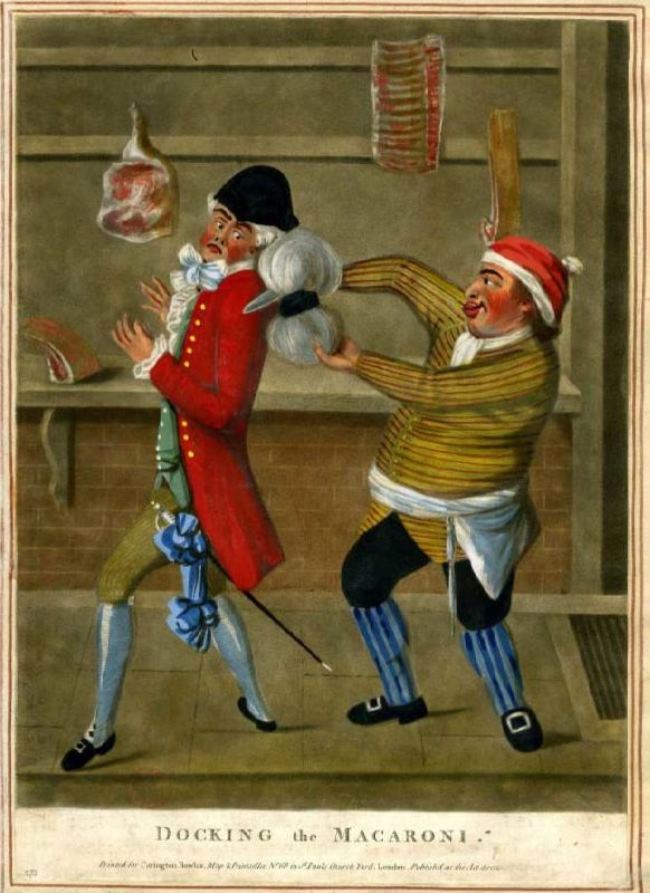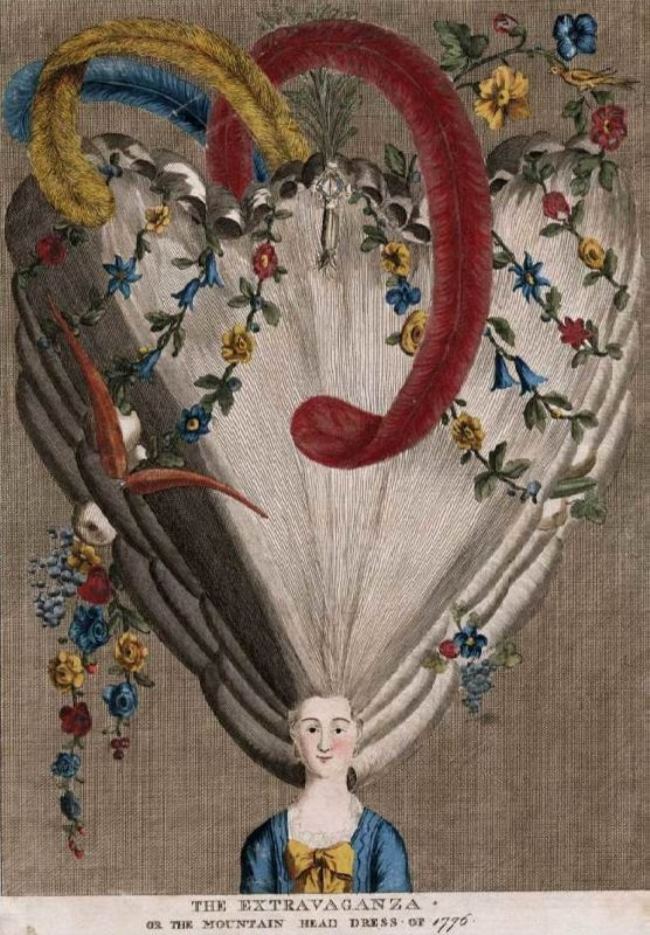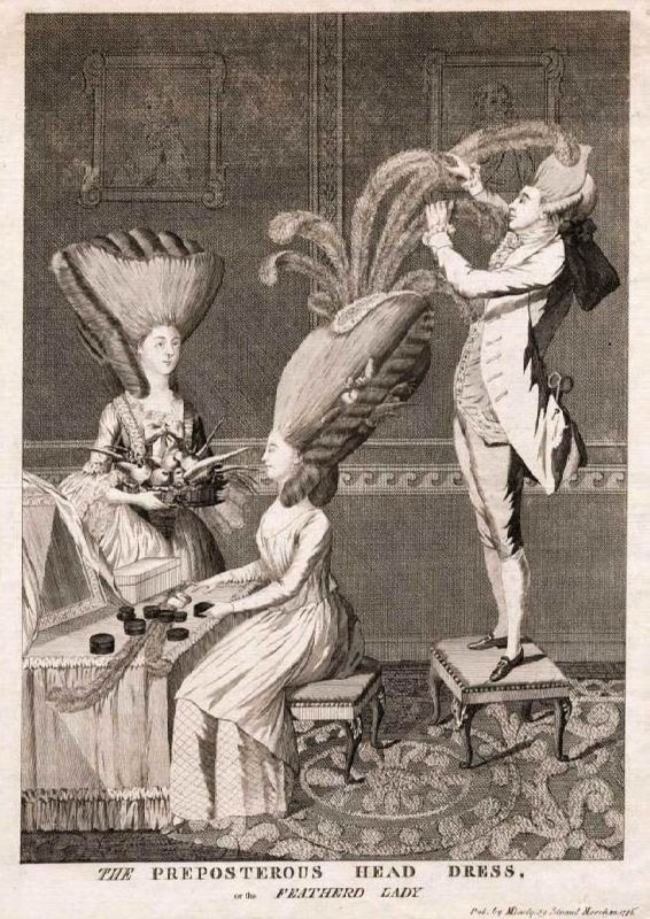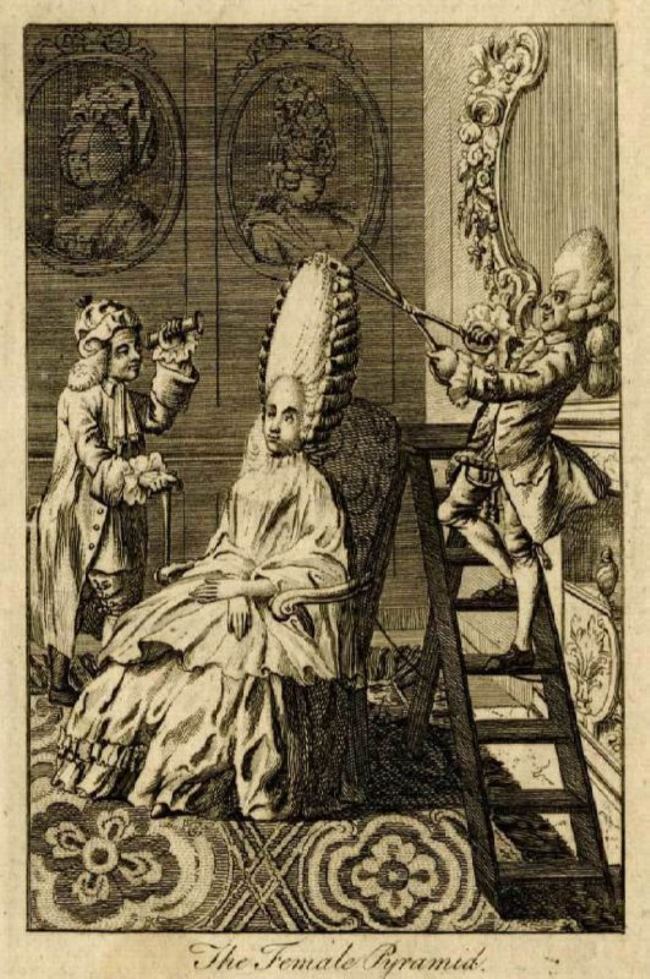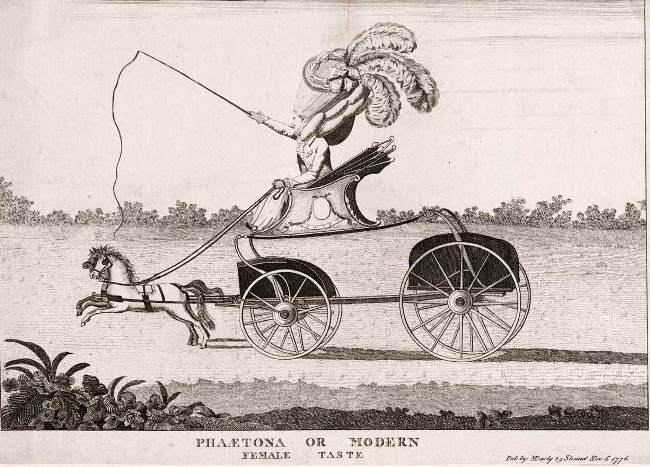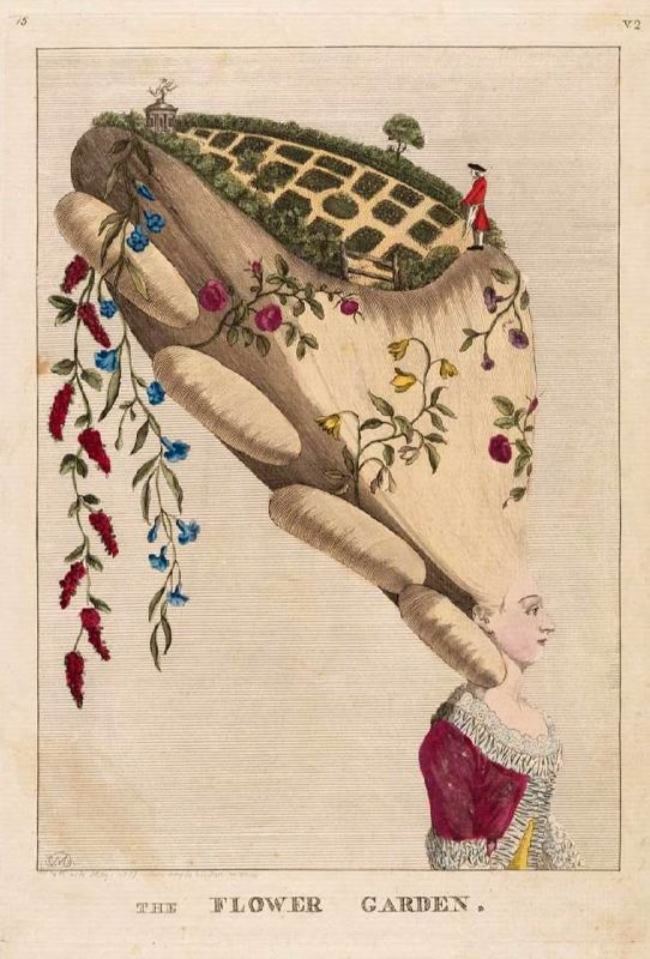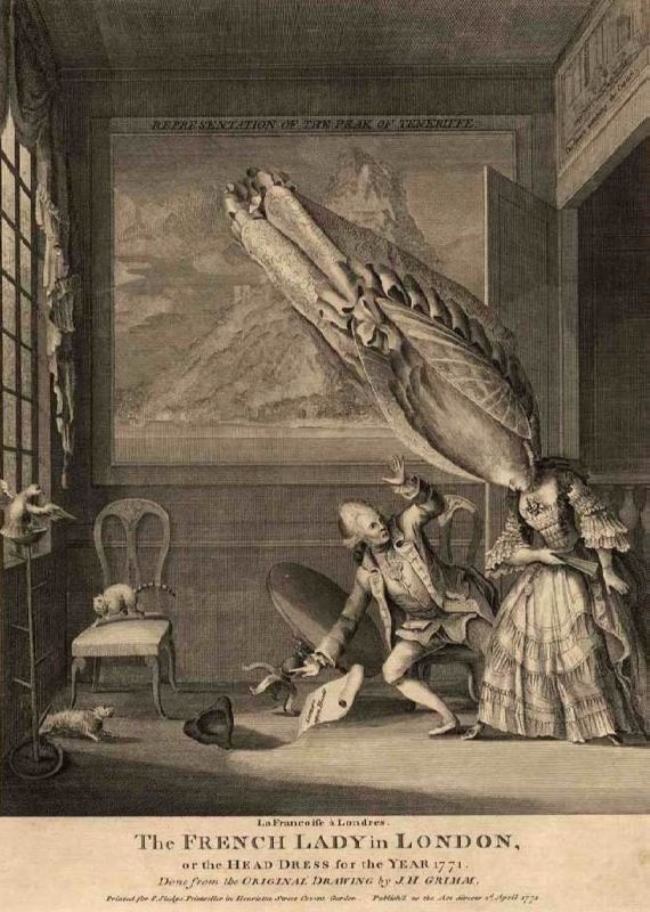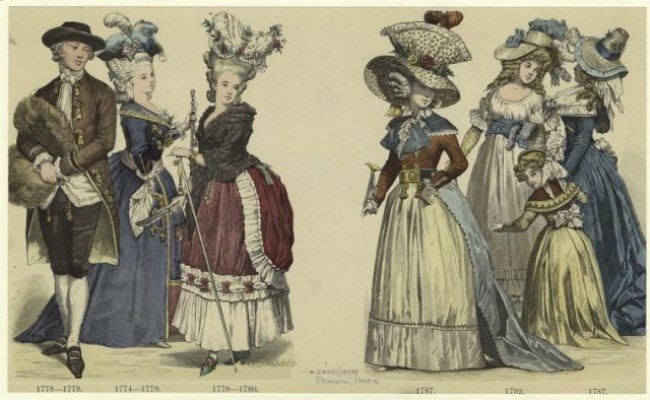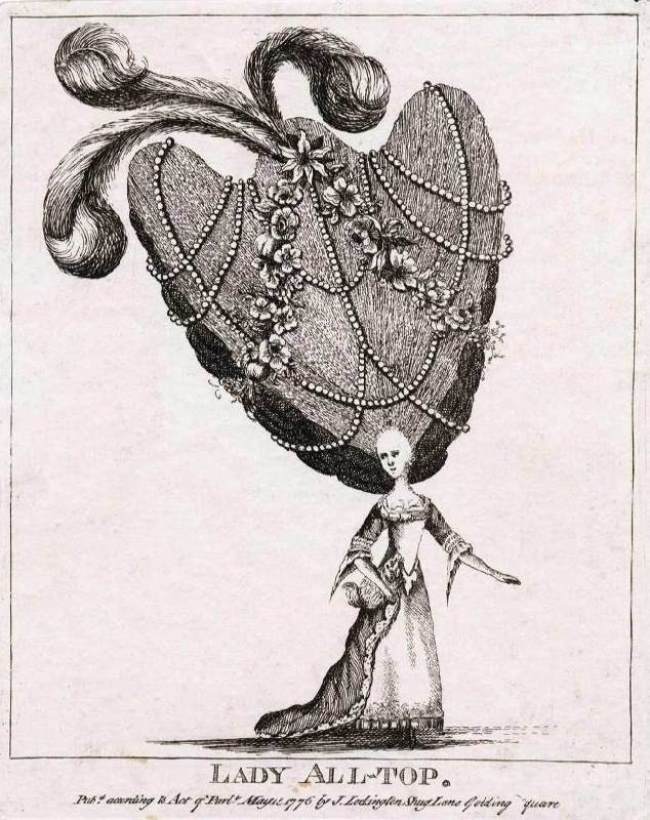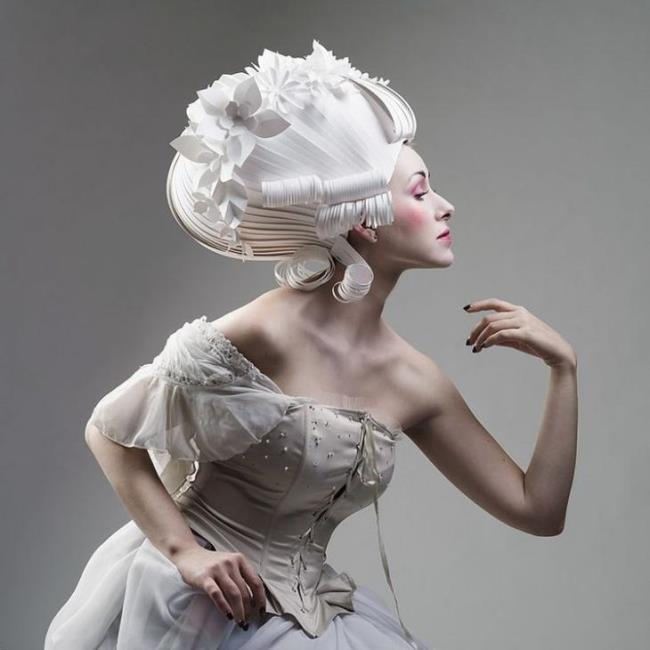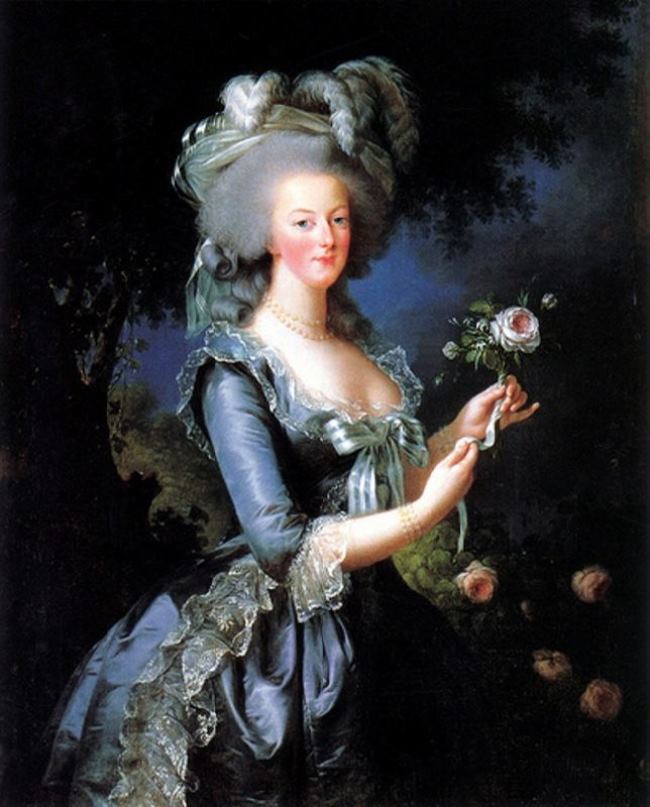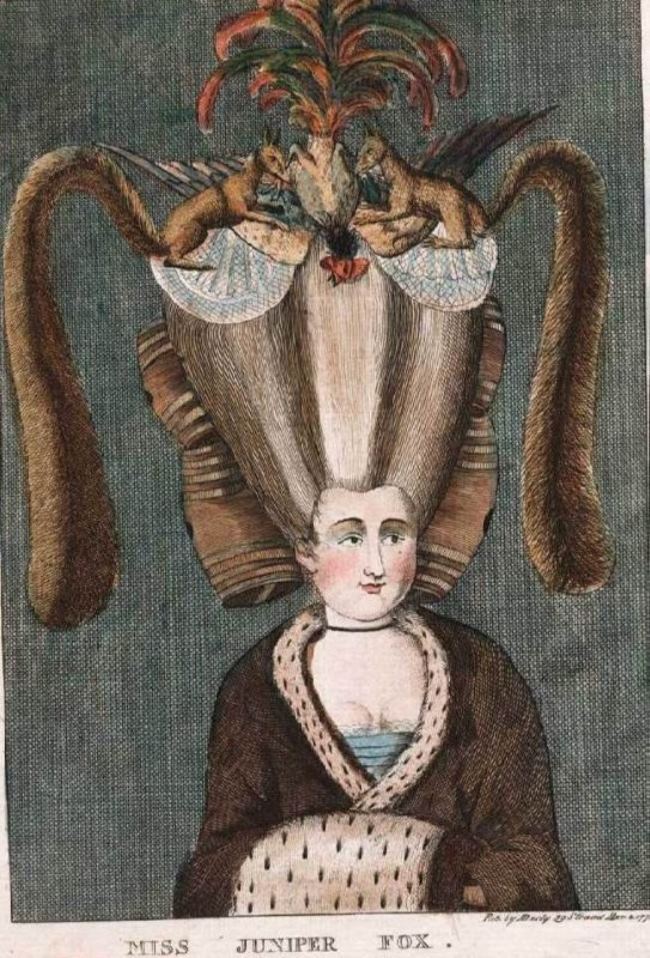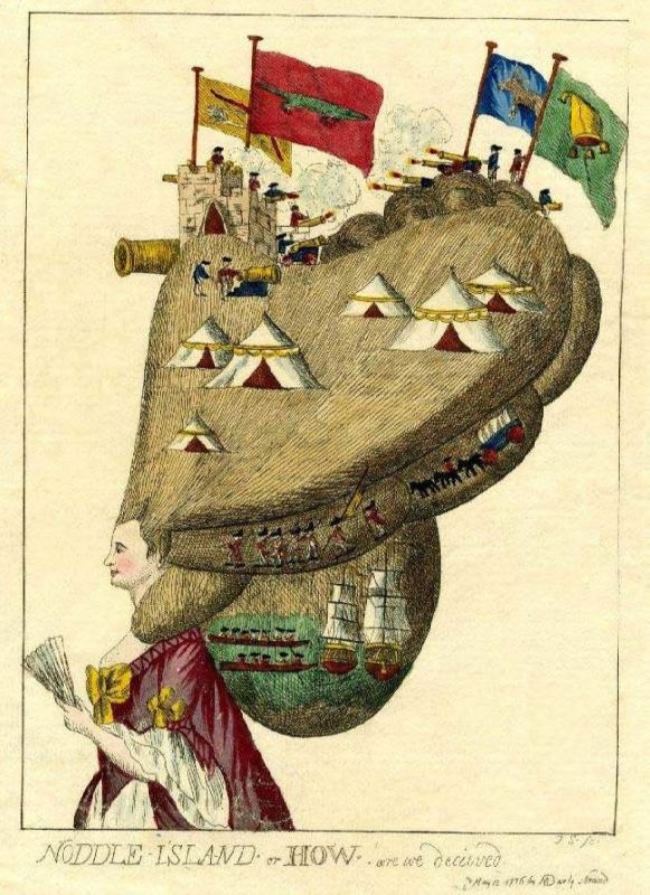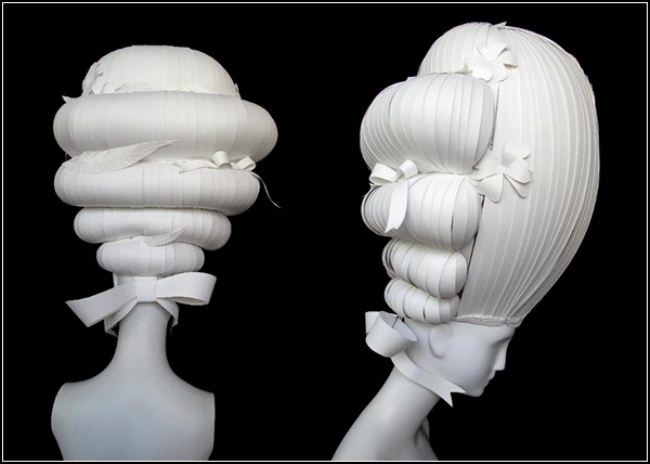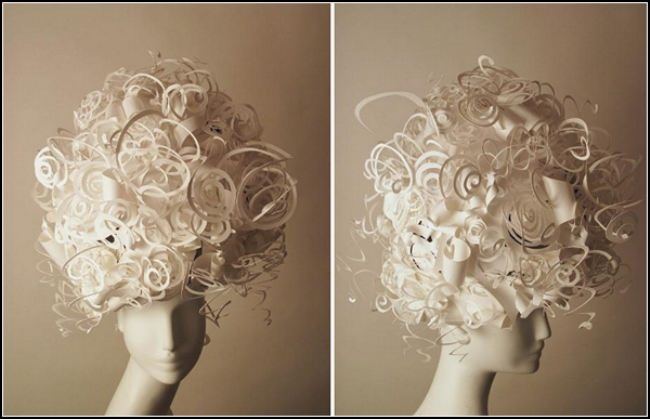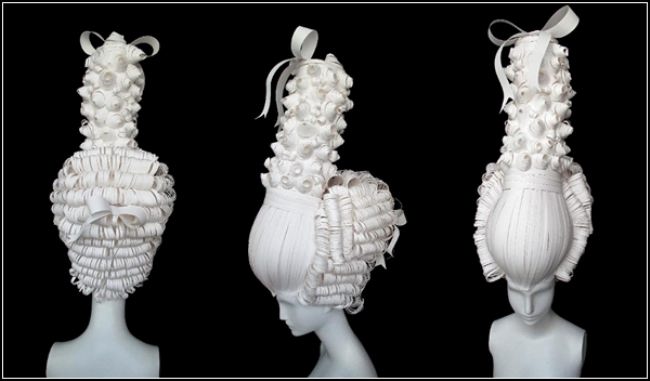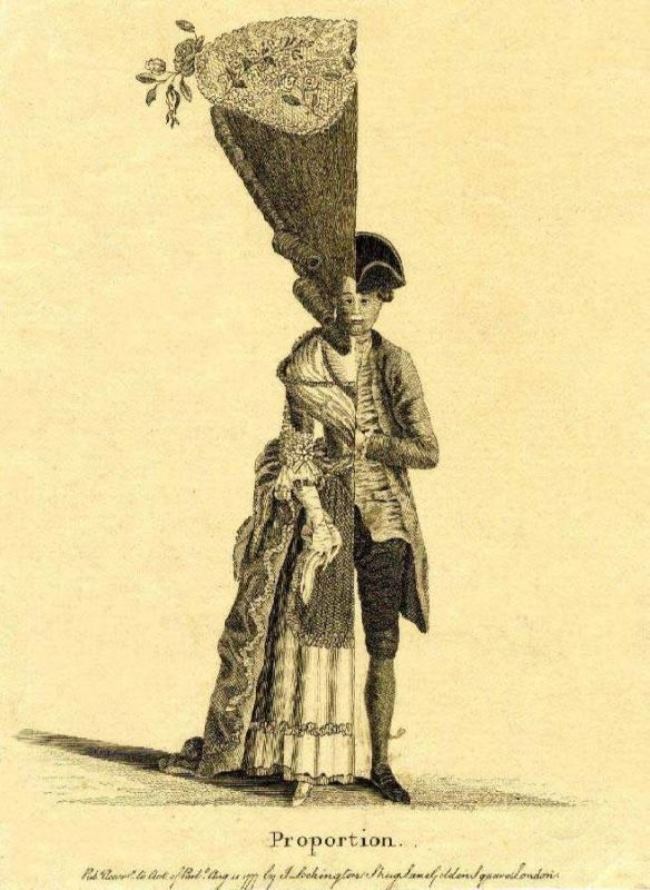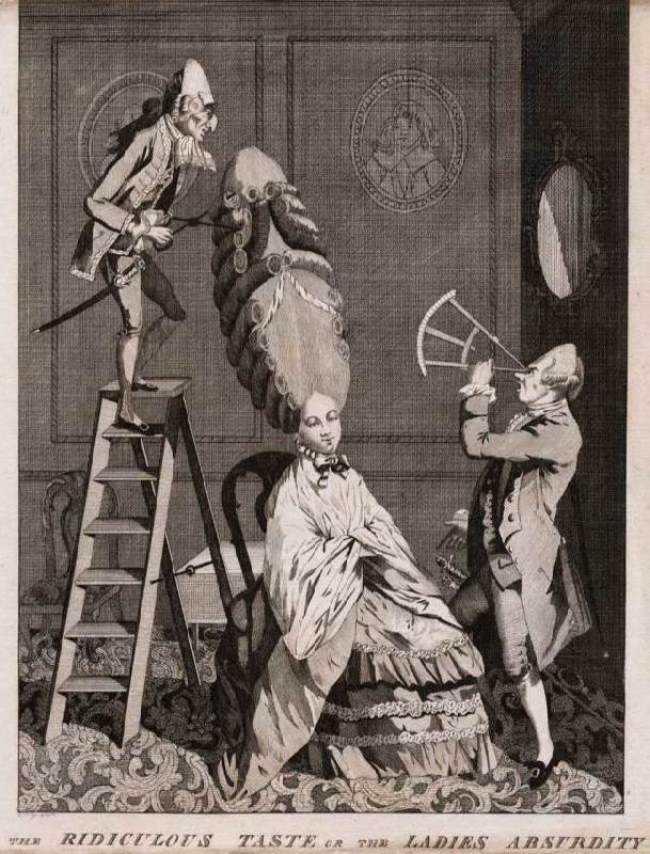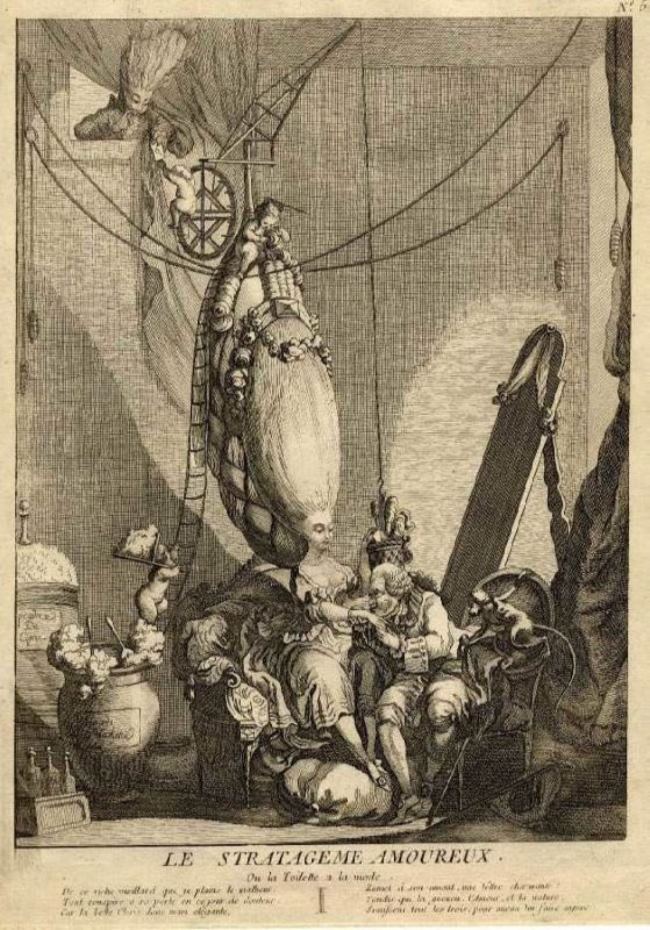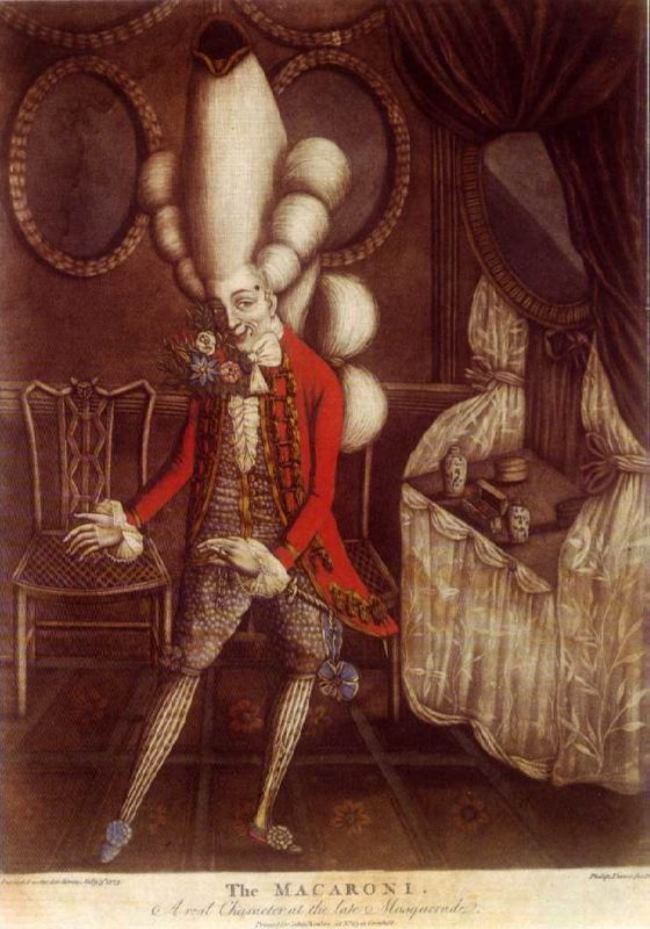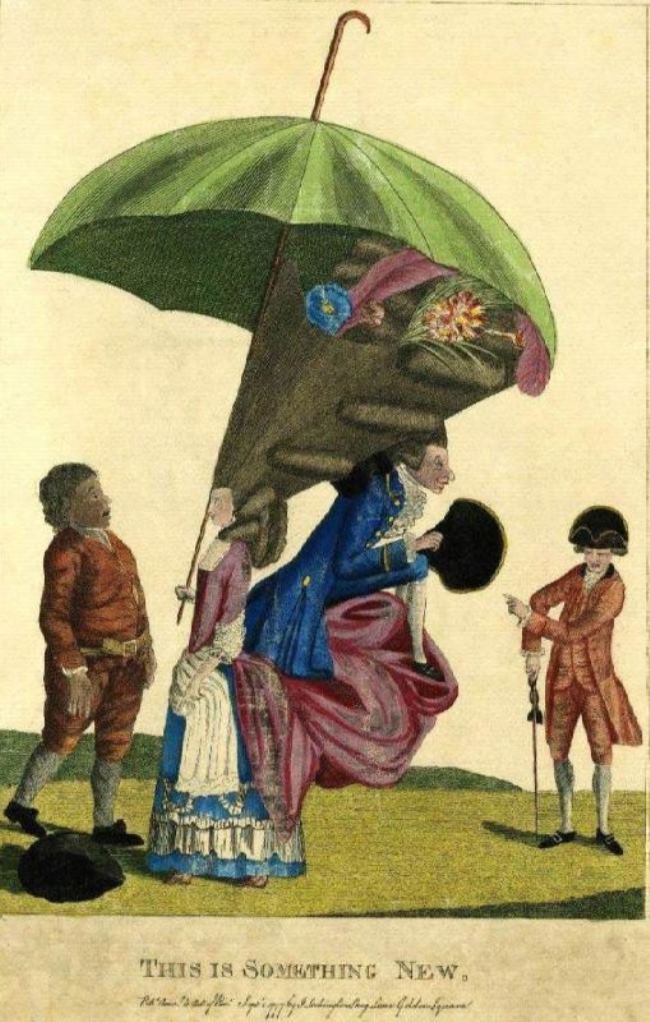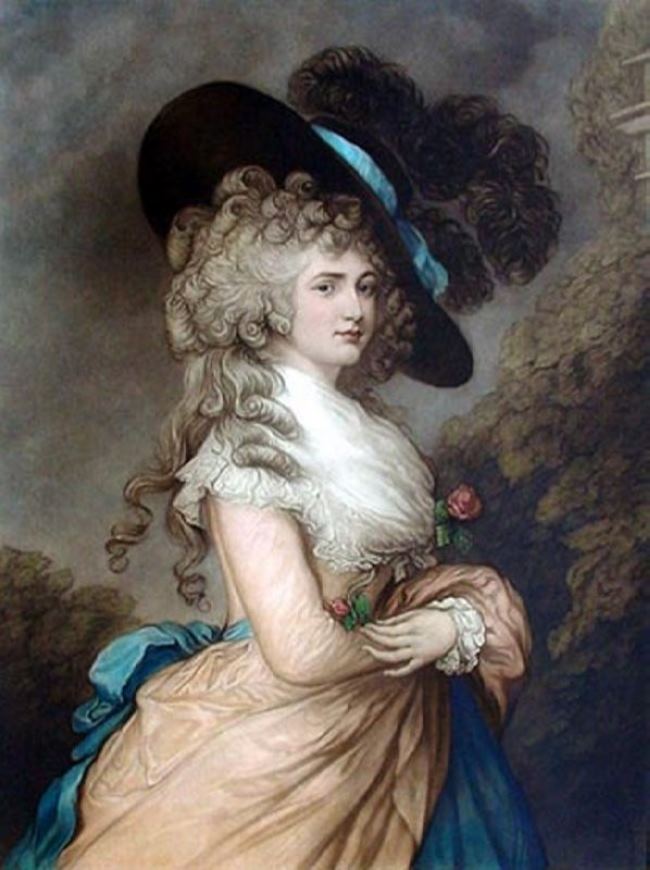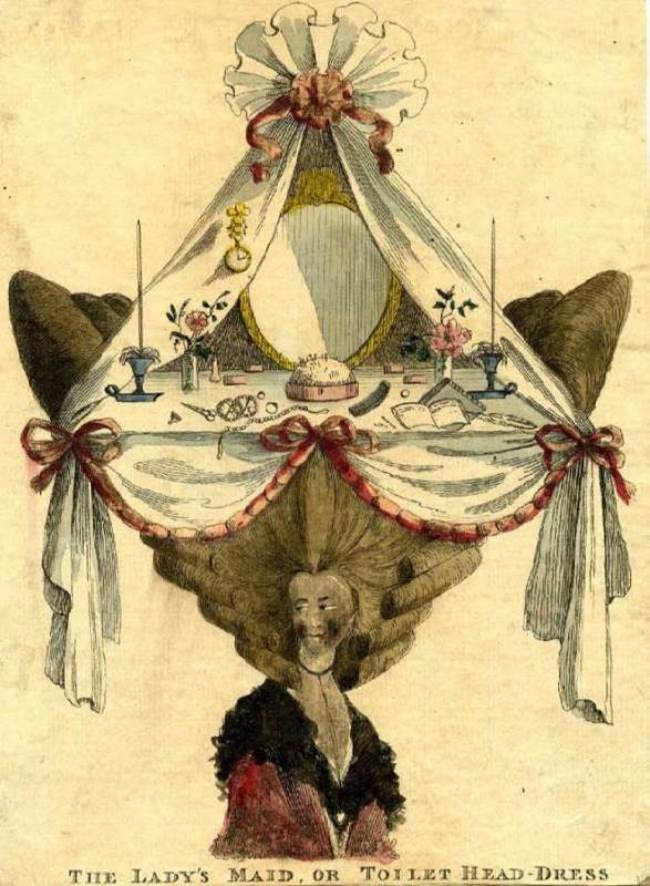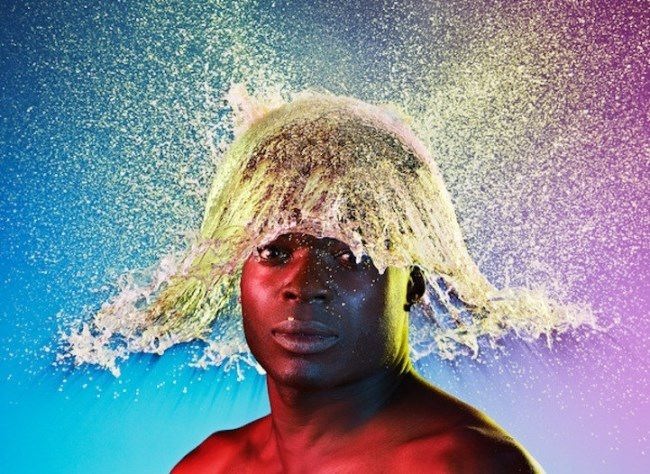Era of wigs
False hair has been a success in all ages. For a long time people used wigs to achieve different goals: to protect themselves from the sun, hide a bald patch or emphasize their status.
Because of the heat in Egypt, both men and women cut off their hair, but wore wigs, which appeared in the III millennium BC. Men wore short wigs. Women decorated their wigs with ribbons and multicolored threads. Pharaohs, their close associates, important officials and priests wore huge wigs made of natural hair. Landowners, warriors, merchants, peasants wore short wigs made of wool, feathers, palm or papyrus fibers, sea grass and linen threads. The wigs were fixed with beeswax. Black and dark brown wigs were common, although later orange, red, blue, green and yellow colors were used. Wigs were sprayed with aromatic oils and essences, sprinkled with flower petals and spices.
When the Europeans began to take care of their appearance, they, along with hairdresser’s art and cosmetics, adopted wigs from Egyptians. Wigs made from natural hair were very expensive. The dark-haired Greeks considered golden and ash wigs to be the most beautiful.
Wealthy people had several wigs of different colors. For the Greek actors, they were part of the stage clothing. Positive characters put on light wigs and negative characters – black, performers of comedic roles put on red ones.
The roman emperors Julius Caesar, Domitian, Caligula, Caracalla wore wigs because they did not want to show their baldness. In Rome, rare hair was considered a sign of low origin. Like the Greek women, the Romans were fond of blonde hair. When the Republican Rome became an empire in the I century BC, rich women began to make complex majestic hairstyles from their own hair or on wigs. Work on them lasted for several hours. When women from high society had a habit of changing hairstyles several times a day, they began to buy even more wigs.
In the XVI century in Europe, balding men began to wear wigs. The King of France Henry III was the first of them. About the same time Queen Elizabeth I of England noticed gray hair in her magnificent red hair. She had more than 200 thousand wigs of different colors. By the end of the century the wigs had entered the palace fashion. The age of wigs had come.
Men were supposed to have three wigs of different colors for morning, afternoon and evening. The ladies invented the most incredible hairstyles. Sometimes they decorated them not only with pearls, precious hairpins and laces, but even with models of vessels, stuffed birds, fruit baskets.
Louis XIV died in 1715 and the era of wigs ended with his death. Since then, they had become more modest. In the middle of the century, most men preferred their own powdered hair. In the XIX century wigs became a rarity. Almost 200 years passed before they became a hot commodity of mass production with mass demand. Today there are several dozen shops selling wigs in any major city.

